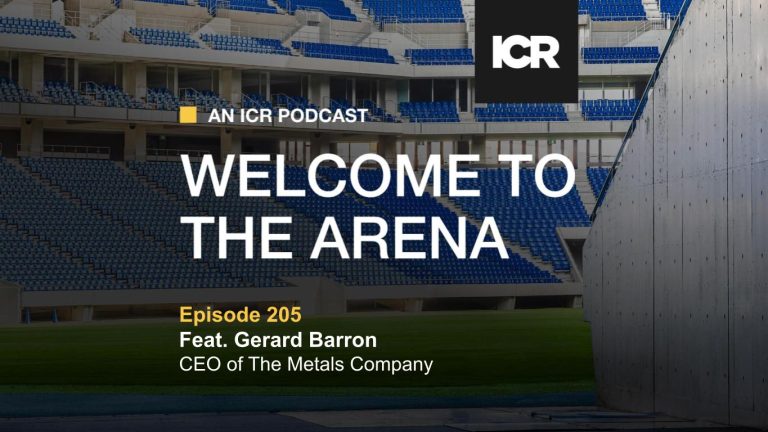Investor relations professionals have a tough job – but the life sciences industry presents some unique challenges: a strict regulatory environment, the politics surrounding healthcare reform, long product development timelines, and large investments in research and development. Implementing an IR program against that backdrop is daunting.
Yet that’s not all. The job of an IR officer in a life sciences company is uniquely complex, multifaceted, and demanding.
A life-sciences company IRO must have a deep understanding of both the company’s strategy and its science, and be able to effectively communicate, in simple and clear terms, the organization’s investment merits to the financial community. So in addition to mastering sophisticated financial concepts, the life sciences IRO must also be proficient at translating highly technical scientific information to laypersons. That can be a very tall and complicated order.
Of course, all of that is on top of the general responsibilities shared by IROs in all industries, such as serving as relationship managers – both inside and outside of the company. For example, one of the most important roles is demystifying Wall Street for senior management, helping them to understand what the value drivers are in terms of how investors are viewing the company.
That’s the big picture. But what, exactly, does an IR officer do on a daily basis? Not surprisingly, every day is different, but a typical day may go something like this:
- Start the day by checking email for analyst notes and other news specific to your company and its peers. What are analysts saying about your company and your industry? What’s the market in general looking like? After compiling all of this information, the officer summarizes the main points for senior management.
- Meet with R&D staff to discuss the evolving state of the company’s science. Are they making clinical progress or encountering unexpected hurdles? What is the significance of any advances or setbacks? Are timelines or projections changing? If so, why? The objective is to come out of the meeting as fully up-to-date and informed as possible. Investors in life sciences companies are literally banking on what’s transpiring in this department and therefore will be hungry for related information. Remaining well-versed is not just important. It’s essential.
- Communicate with the sell side about various issues, such as an upcoming non-deal road show and Wall Street Conferences. Such events represent an invaluable opportunity to deliver a company’s story to investors. Are we reaching the right investors for the event? Is there anything I can do to help you better understand our story and fundamentals? An IR officer also should devote time to contacting potential new sell-side analysts.
- Prepare for a conference call with a potential new investor. Write down the key messages you want to get across. Is the information I intend to communicate clear and current? Am I prepared for questions that might arise based on recent developments?
- With quarterly earnings on the horizon, start drafting the earnings press release, reviewing messaging and content with management, and arranging the conference call logistics, among other related tasks. The execution of a successful one-hour quarterly earnings call, which can directly impact your stock, takes weeks of preparation.
- Meet with management to discuss long-term IR strategy. Are we attending the right investor conferences? Are we targeting the appropriate investors and geographic markets for non-deal road shows? How are our messages resonating with our target audiences?
- Make sure that all investor and analyst calls have been returned. The information they’re seeking or providing is obviously important and quite possibly time sensitive.
The bottom line? A day in the life of a life sciences IR officer is as intellectually demanding as it is important to a company’s success. The fortunes of life sciences organization can rise and fall on IR. A strong, accurate and consistent performance can drive investor enthusiasm and stock-price appreciation, while even the most minor misstep can cause confusion in the marketplace and result in expensive consequences.
A top-shelf IR professional capable of wearing many hats is obviously indispensable to the future of every life sciences company, but even the very best can use assistance and insight from experts with deep experience in this realm. That’s why we created our new eBook, Westwicke Insider’s Guide to Investor Relations. Download it today for our best advice on every aspect of the IR process.



